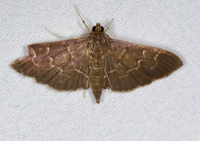
| Recorded by: Jim Petranka on 2025-11-21
Madison Co.
Comment: | 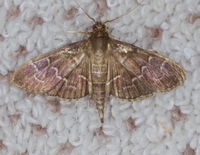
| Recorded by: Tony McBride, Jim Petranka and Becky Elkin on 2025-10-28
Carteret Co.
Comment: |

| Recorded by: Jim Petranka on 2025-09-28
Madison Co.
Comment: | 
| Recorded by: Emily Stanley on 2025-08-01
Buncombe Co.
Comment: |
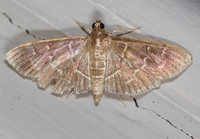
| Recorded by: Jim Petranka on 2024-10-06
Madison Co.
Comment: | 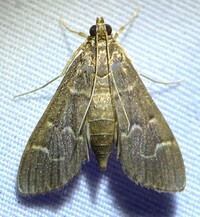
| Recorded by: Dean Furbish, Lior S. Carlson on 2024-08-14
Pamlico Co.
Comment: |
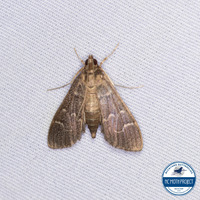
| Recorded by: Dean Furbish, Lior S. Carlson on 2024-08-14
Pamlico Co.
Comment: | 
| Recorded by: David George, Jeff Niznik, Patrick Coin, Steve Hall, Carol Tingley, Tom Howard on 2024-07-27
Chatham Co.
Comment: |
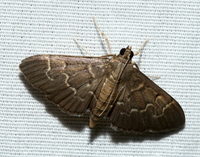
| Recorded by: David George on 2024-07-04
Chatham Co.
Comment: | 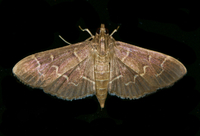
| Recorded by: Jim Petranka on 2022-09-16
Madison Co.
Comment: |

| Recorded by: tom ward on 2021-10-10
Buncombe Co.
Comment: | 
| Recorded by: Dean Furbish on 2021-10-07
Wake Co.
Comment: |
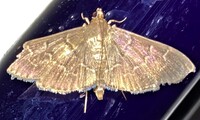
| Recorded by: Dean Furbish on 2021-10-07
Wake Co.
Comment: | 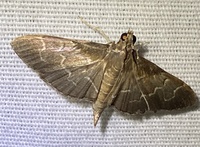
| Recorded by: David George, L. M. Carlson on 2021-09-17
Orange Co.
Comment: |
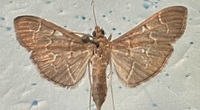
| Recorded by: Darryl Willis on 2021-09-14
Cabarrus Co.
Comment: | 
| Recorded by: Jim Petranka on 2020-10-07
Madison Co.
Comment: |
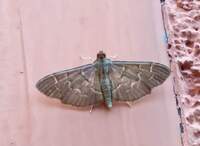
| Recorded by: Mark Basinger on 2020-09-28
Wilson Co.
Comment: | 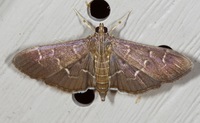
| Recorded by: Jim Petranka and Becky Elkin on 2019-10-08
Madison Co.
Comment: |
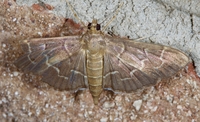
| Recorded by: Jim Petranka and Becky Elkin on 2019-08-27
Madison Co.
Comment: | 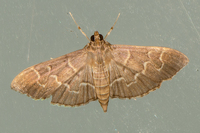
| Recorded by: David L. Heavner on 2019-08-19
Buncombe Co.
Comment: |
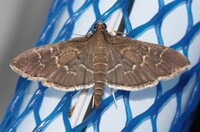
| Recorded by: Julie Tuttle on 2017-10-27
Chatham Co.
Comment: | 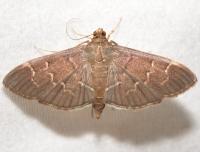
| Recorded by: Kyle Kittelberger on 2017-10-13
Wake Co.
Comment: |
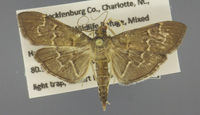
| Recorded by: Robert Gilson on 2016-10-27
Mecklenburg Co.
Comment: | 
| Recorded by: Doug Blatny / Jackie Nelson on 2011-09-27
Ashe Co.
Comment: |
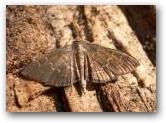
| Recorded by: Newman, Randy on 2006-05-19
Carteret Co.
Comment: | 
| Recorded by: Newman, Randy on 2006-05-19
Carteret Co.
Comment: |
|

 »
»




 »
»


